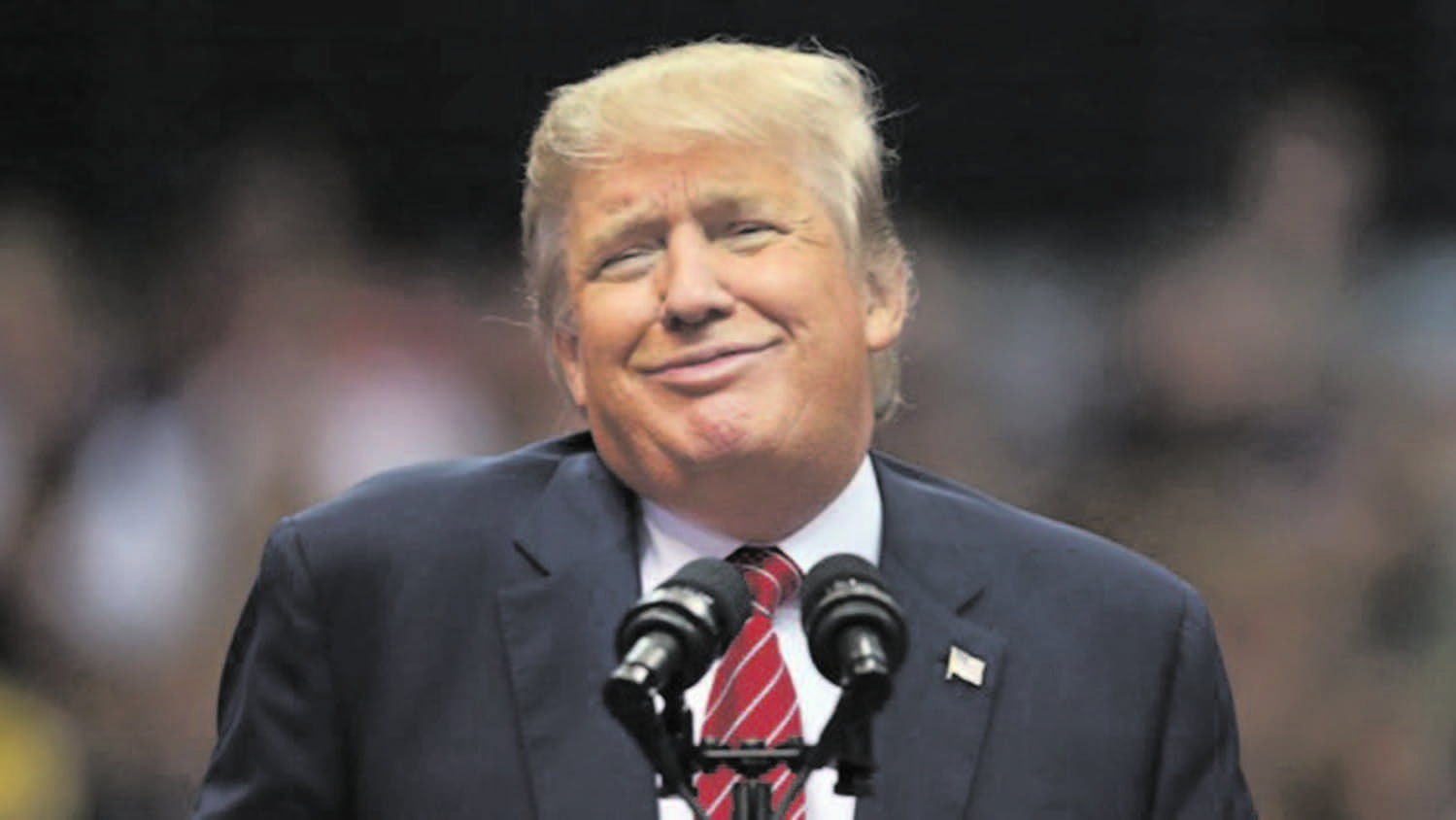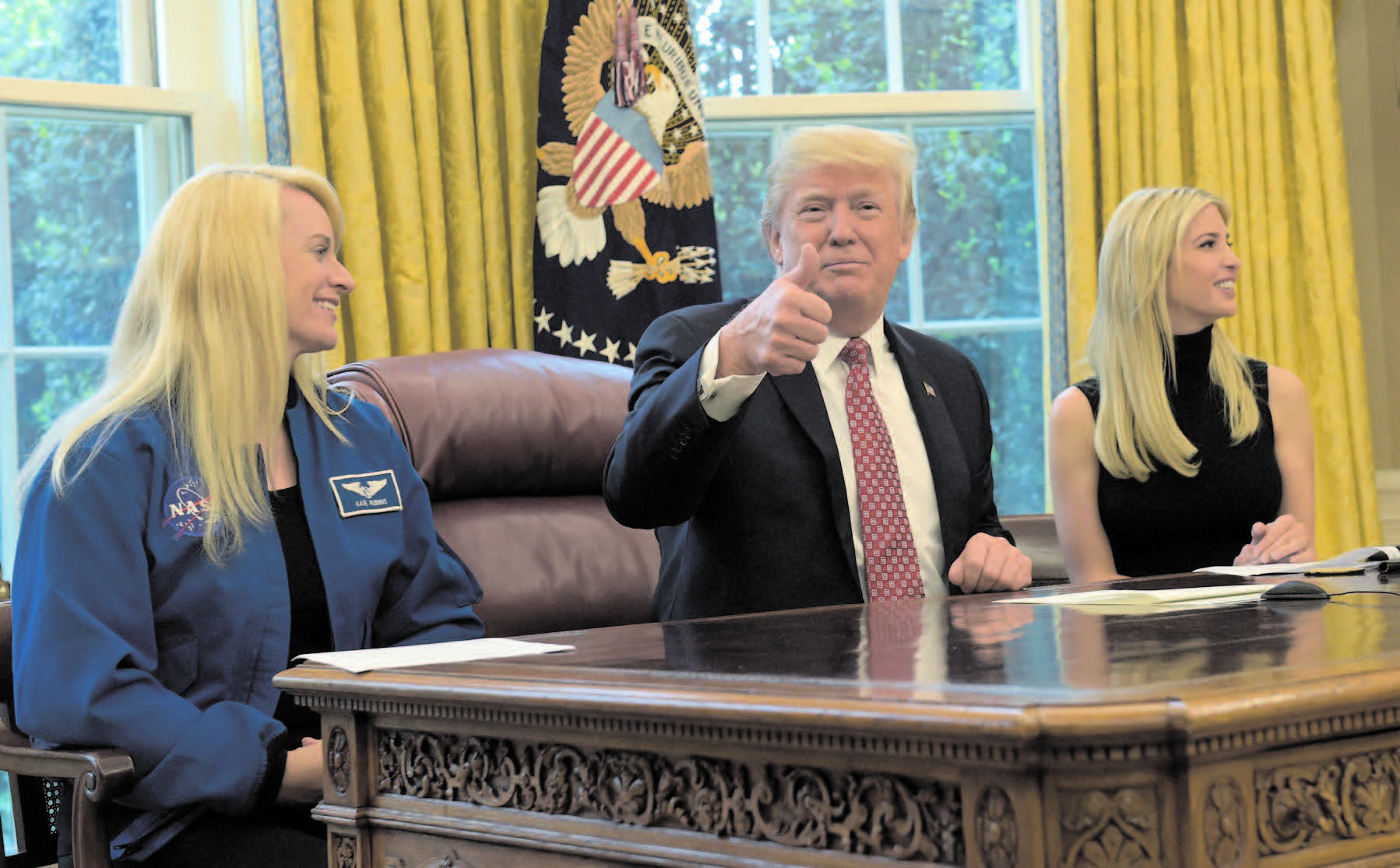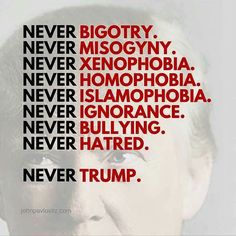
It is possible to sense relief, even guarded optimism, among US Democrats and right-thinking people everywhere. Donald Trump, the tycoon and political neophyte, who swept to the Republican nomination despite the hostility of party stalwarts, has had a bad couple of weeks, very bad, in fact.
Trump’s showing in the opinion polls has been inexorably downwards since Hillary Clinton‘s triumph at the Democratic National Convention. He has reshuffled his top team for what seems the umpteenth time, and muttering can be heard to the effect that he never really wanted the job anyway. Wishful thinking even has sundry Republicans asking whether Trump might decide to make way for someone supposedly more electable.
Of course, it’s not over until it’s over. Trump’s whole campaign to date has defied the odds, and his camp insist -quite rightly – that it is very early days. The campaign proper never really begins until after Labor Day, the first Monday in September. Even then it will have two full months to run. What is more, there are legitimate questions about both the accuracy of polling and the volatility of US opinion. Americans vote on November 8. Throughout this time, the Europeans will be commenting from the margins, comparing our variegated systems with theirs, almost entirely to our advantage. US presidential campaigns, we will say, are far too long, far too expensive and borderline corrupt. Even the voting system, with its differences between states, those ancient machines that frustrate recounts and the inequalities seemingly built into the registration system will be cited as proof of our superiority. Many Americans would agree; they are some of the least sparing critics.
What Donald Trump’s unpredicted rise and, current, fall already show, however, is something we tend to neglect. What looks like a mad electoral marathon that serves no one well and costs extortionate amounts of cash is not a bad test of presidential potential. What is more or less a year-long campaign has a pace and a logic that ruthlessly exposes those who cannot make the grade.
A US election campaign has something of the medieval tournament about it. It offers a grueling series of obstacles to be surmounted and trials to be endured. Whoever wins will have proved to be equal to the task of presiding over the most powerful country in the world. And yes, by the way, it still is. The most basic requirement is stamina. Would-be presidents have to put in the time and the miles. Trump and Clinton have now been on the road more or less continuously since last autumn. They cannot be seen to flag. From September they will be crisscrossing the country, speaking at venues from vast sport stadiums to tiny parish halls, fitting in several meetings in one day. It is an intense replication of what it is like to be President of the United States. The last frantic dash, coast-to-coast, battle-ground to battle-ground is one of the ultimate in electoral challenges, and – in a close race – one of the most thrilling.
The second is the capacity to raise money; a lot of it. Like it or not, though, the role of corporate money in the United States makes the confidence of business a pre-requisite for any US president.
There are different ways to acquire it. Hillary Clinton has the benefit of her husband’s presidential network, and her own from her time as New York Senator and Secretary of State – corporate support which risks also being a liability this electoral year, because it associates her so closely with “the establishment”. George W Bush had the Bush networks and his own business ties. Donald Trump can boast – as could Michael Bloomberg – that his money is largely his own, and his business record stands for itself. Barack Obama‘s biggest task eight years ago was arguably to convince corporate America that he was a winner. As the personification of the state, a US President must also be at least, on the presentational front, competent. Bill Clinton was the master communicator; he grasps at once the disposition of his audience. He makes the connection, conveys the message, wins the argument – and all with an ease that his wife has had to learn. A future president must convince, both in person and, crucially, on television – even in this time of social media. If he or she isn’t born with the ability, they acquire it over the months of campaigning.
A US presidential campaign is the longest and most demanding political stress test conducted anywhere, and it’s always in the public eye. Candidates must keep cool under pressure and cope with reversals. Personal flaws, past and present, can surface at any time. These need not be fatal, as Bill Clinton and Trump – so far – showed. It depends how the candidate handles them and how the public responds. As the polls now stand, it looks as though the voters will have the sense to reject Donald Trump. If he nonetheless prevails, however, it would be wrong to dismiss his victory as a fluke. He will have won not primarily because of money or showmanship, but because, in emerging victorious from the trials of a US presidential campaign, he will have convinced Americans that he can do the job.





Be the first to comment